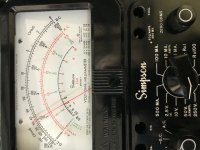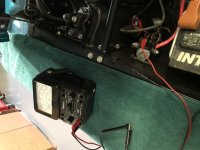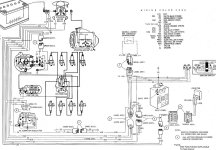Mosesatm
Well-known member
- Joined
- Jan 18, 2005
- Messages
- 9,214
Since you've replaced all the usual suspects, here's a simple fix:
Simply run a jumper wire from the solenoid (small terminal, brown wire) to the + terminal of the coil. It will furnish 12V to the coil when the Ign switch is in the Run position.
This way toy have the best of both worlds: 12V to the coil in the Start mode, and 12V to the coil in the Run mode. (Pertronix coils love 12V)
Neil
Neil,
I tried that. Didn't work. The only way the car will start every time is to completely bypass the factory wiring.



